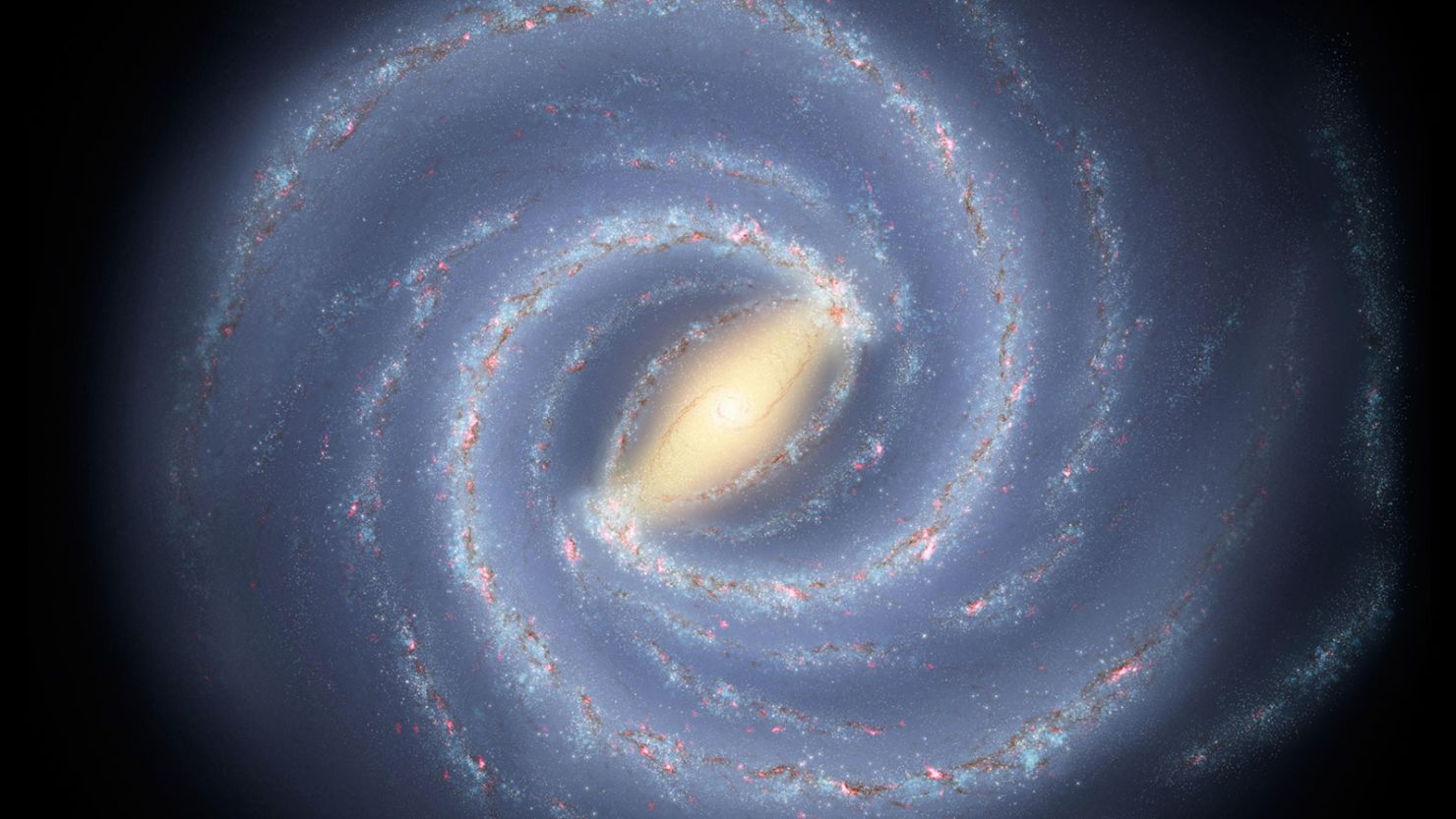The Milky Way Galaxy has fascinated humanity for centuries, inspiring wonder and curiosity about the vast cosmos we inhabit. Our home galaxy is a sprawling collection of Stars, planets, gas, and dust, bound together by gravity and spanning over 100,000 light-years. The television series The Universe offers viewers an extraordinary journey through the Milky Way Galaxy, providing insight into its structure, history, and the celestial phenomena that shape it. Each episode serves as a guide, revealing the mysteries and wonders of our galactic neighborhood in a visually stunning and scientifically accurate way.
Understanding the Milky Way Galaxy
The Milky Way Galaxy is a barred spiral galaxy, composed of billions of stars, including our own Sun. Through the episodes of The Universe, viewers explore how this galaxy formed and evolved over billions of years. The series delves into the arrangement of stars, nebulae, and star clusters, illustrating the intricate web of matter that forms the backbone of the Milky Way Galaxy. By combining expert commentary with vivid imagery, The Universe brings the vastness of our galactic home into perspective, making its immense scale more understandable for audiences.
Stars and Stellar Nurseries in the Milky Way Galaxy
Stars are the fundamental building blocks of the Milky Way Galaxy, and The Universe explores them in detail. The series highlights stellar nurseries, regions where new stars are born from clouds of gas and dust. These regions, such as the Orion Nebula, showcase the dynamic processes shaping our galaxy. By examining the life cycles of stars, from their formation to their ultimate fate as white dwarfs, neutron stars, or black holes, The Universe illustrates the ongoing transformation within the Milky Way Galaxy. Every star contributes to the galaxy’s structure and evolution, emphasizing the interconnectedness of cosmic phenomena.
Galactic Center and Supermassive Black Hole
At the heart of the Milky Way Galaxy lies a supermassive black hole known as Sagittarius A*. The Universe explores this enigmatic region, revealing how the black hole influences the motion of stars and the distribution of matter around it. Episodes discuss the incredible forces at play in the galactic center and the mysteries that astronomers continue to investigate. By focusing on this central feature, the series provides viewers with a sense of the immense gravitational power and dynamic processes that define the core of the Milky Way Galaxy, offering a glimpse into phenomena that are otherwise invisible to the naked eye.
Spiral Arms and Galactic Structure
The distinctive spiral arms of the Milky Way Galaxy are home to vast star clusters, nebulae, and interstellar clouds. The Universe showcases the structure and composition of these arms, explaining how they form and evolve over time. The series emphasizes the role of spiral arms in organizing stars and guiding star formation, giving viewers a sense of the galaxy’s intricate design. Observing the spiral structure allows audiences to appreciate how the Milky Way Galaxy maintains its beauty and complexity while undergoing constant change across billions of years.
Star Clusters and Stellar Populations
The Milky Way Galaxy hosts a variety of star clusters, including globular clusters and open clusters, each with unique properties and histories. The Universe explores these groups, highlighting their significance in understanding galactic evolution. Globular clusters, often containing some of the oldest stars in the galaxy, provide insight into the early stages of the Milky Way Galaxy. Open clusters, on the other hand, reveal ongoing star formation and the dynamic processes shaping the galactic disk. Through these episodes, viewers gain a deeper understanding of the diversity and complexity of stars within our galaxy.
Nebulae and Cosmic Phenomena
Nebulae, the colorful clouds of gas and dust scattered throughout the Milky Way Galaxy, are another focus of The Universe. These regions are not only visually stunning but also critical to the life cycle of stars. By studying nebulae, astronomers learn about the processes of star birth, the remnants of stellar death, and the distribution of elements within the Milky Way Galaxy. Episodes explore famous nebulae such as the Eagle Nebula and the Carina Nebula, illustrating how these structures contribute to the ongoing evolution and richness of our galaxy.
The Role of Dark Matter in the Milky Way Galaxy
While visible stars and nebulae dominate the imagery of the Milky Way Galaxy, dark matter plays an invisible but crucial role. The Universe introduces viewers to the concept of dark matter and its influence on the galaxy’s rotation and structure. By studying how stars move and how gravitational forces operate across the galactic disk, astronomers infer the presence of dark matter, which holds the Milky Way Galaxy together. Understanding this unseen component helps audiences grasp the hidden forces shaping the galaxy and the broader universe.
Observing the Milky Way Galaxy from Earth
Episodes of The Universe also guide viewers on how the Milky Way Galaxy appears from our vantage point on Earth. On clear nights, the galaxy’s dense star fields stretch across the sky as a luminous band, inspiring both awe and curiosity. The series explains how telescopes, space observatories, and astronomical surveys reveal the structure, motion, and composition of our galactic neighborhood. By connecting observations from Earth with the larger context of the Milky Way Galaxy, audiences gain a tangible sense of their place within the cosmos.
Conclusion: Exploring Our Galactic Neighborhood
The Milky Way Galaxy is more than a collection of stars and cosmic matter; it is a dynamic, evolving environment that tells the story of our cosmic origins. Through the episodes of The Universe, viewers embark on an extraordinary journey, exploring stellar nurseries, supermassive black holes, spiral arms, and nebulae. The series illuminates the processes that shape our galaxy and highlights the beauty, complexity, and mystery of the Milky Way Galaxy. By observing and understanding our galactic neighborhood, audiences develop a deeper appreciation for the vast universe we inhabit and the remarkable place of the Milky Way Galaxy within it.



